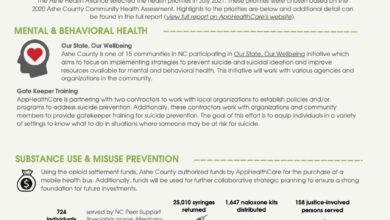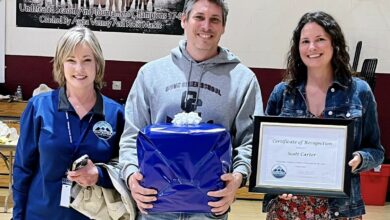Last Updated on June 4, 2012 1:38 pm
The planet Venus will cross the face of the sun June 5-6, creating a small
dot as it moves. The event will be visible, weather permitting, June 5 in North America. The next transit of the planet won’t occur until 2117.
Astronomers at Appalachian State University will answer questions about the Transit of Venus from 6 to 8 p.m., Tuesday, June 5, at the Rankin Science
Observatory on campus where eight filtered telescopes will be available for the public to safely view the planet as it crosses the sun.
Filtered telescopes, disposable “solar shades” or live webcasts are ways to view the transit without harming your eyes. Sunglasses will not provide protection. Additional eye safety information is available at
www.transitofvenus.org/june2012/eye-safety.
For those who can’t attend the public viewing, a live stream from one of the
observatory’s 11-inch Celestron telescopes will be available
www.cas.appstate.edu/streams.
There are two planets between the Earth and the sun – Mercury and Venus. When they line up just right it results not only in a spectacular sight, it provides scientists with an incredible amount of research information.
With the closest planet Mercury, this happens quite often, but its tiny size
makes the effect minuscule. Venus’s size and its closeness to Earth has made the Transit of Venus a significant event which may have been recorded by the Babylonians as early as 1520 B.C. It was first witnessed via telescope in 1639.
Recording the time it took Venus to cross the sun helped calculate the size of the solar system in 1761. In 1883, John Phillip Sousa wrote “The Transit of Venus March” following the 1882 transit of the planet.
This year has seen a lot of solar activity beginning with the discovery of a
“monster sunspot” on May 6-7, the annual solar eclipse on May 20, a lunar
eclipse that will occur June 4, and the Transit of Venus on June 5-6. This all
ends for 2012 with a total solar eclipse on Nov. 12-14, visible only in the
South Pacific.
David Sitar, an astronomy laboratory instructor in Appalachian’s Department of Physics and Astronomy organized the viewing. Other faculty/astronomers who will be on hand to answer questions are Drs. Mike Briley, Joe Pollock and Dan Caton.
“I love solar observing,” Sitar said. “This year we are finding auroras as far
south as Kentucky, we had one of the largest sun spot groups in early May and we are just reaching into the solar maxima.”
Additional information about the Transit of Venus is available at:
http://venustransit.nasa.gov/transitofvenus
http://lcweb2.loc.gov/diglib/ihas/loc.natlib.ihas.200002625/default.html
















